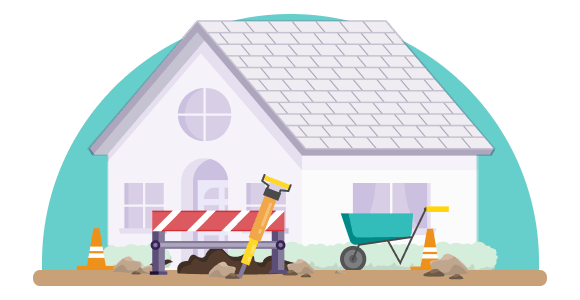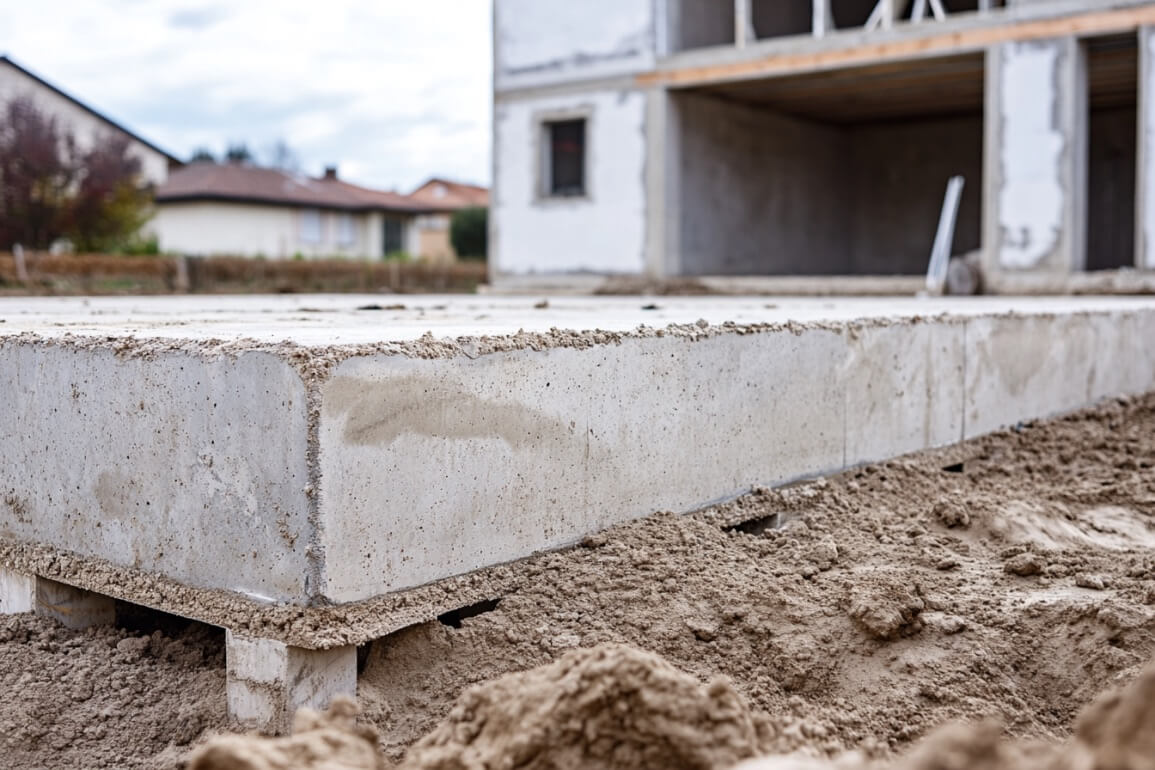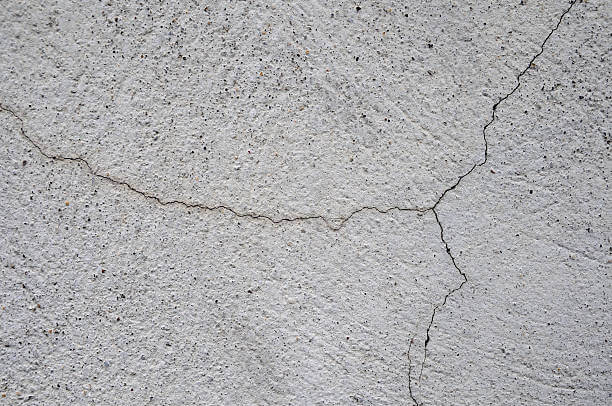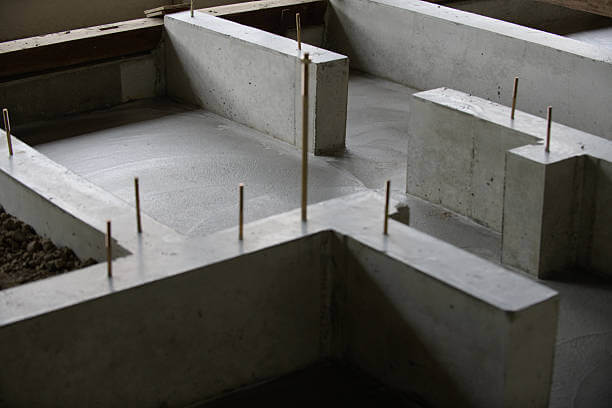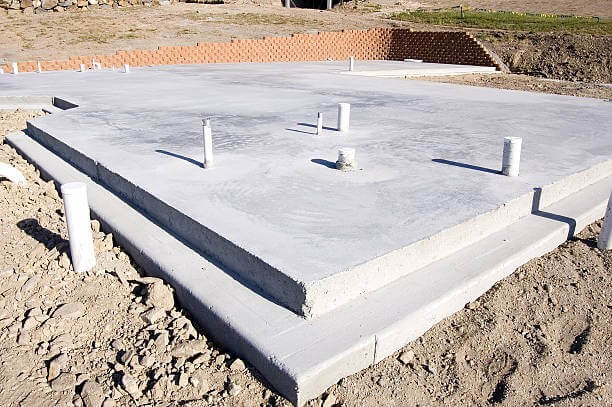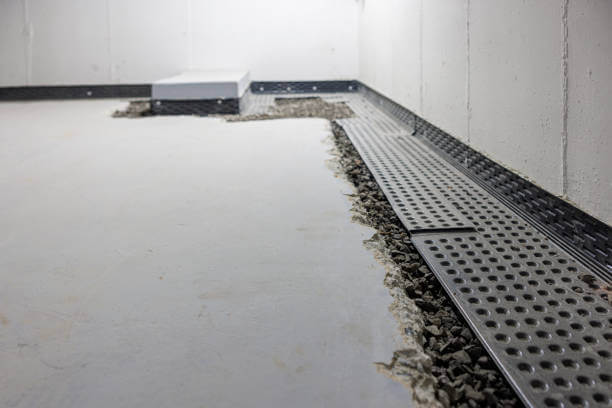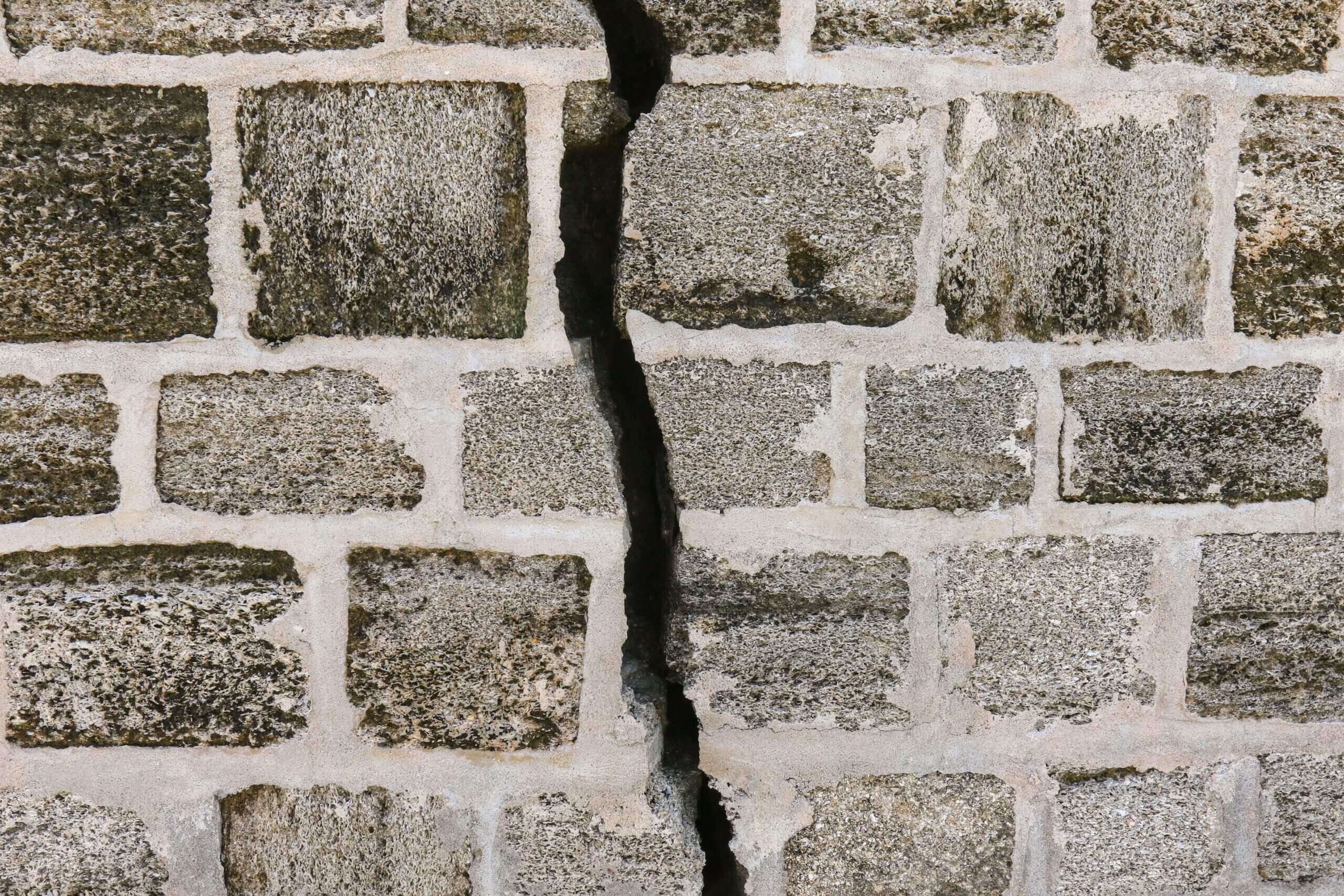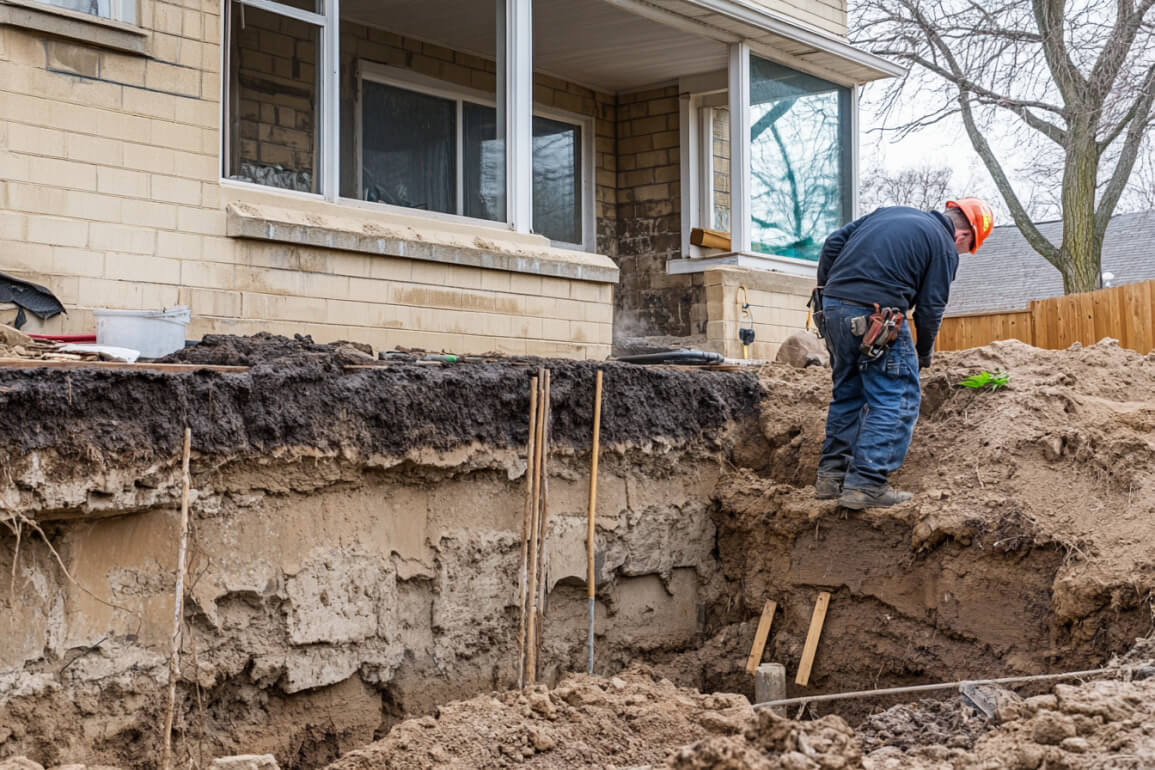What Is a Raised Foundation?
A raised foundation, also called a pier-and-beam foundation or crawl space foundation, is a type of home foundation that lifts your home several feet above ground level. It rests on a system of piers, posts, and beams that support the home’s structure while leaving space below, known as a crawl space, for air circulation, utilities, and maintenance access.
This design allows for better airflow, easy access to plumbing and electrical systems, and improved flood protection — especially useful for homes built on uneven or moisture-prone lots.
If you’ve ever seen a home with visible steps up to the front porch or vents along the base of the structure, that’s likely a raised foundation.
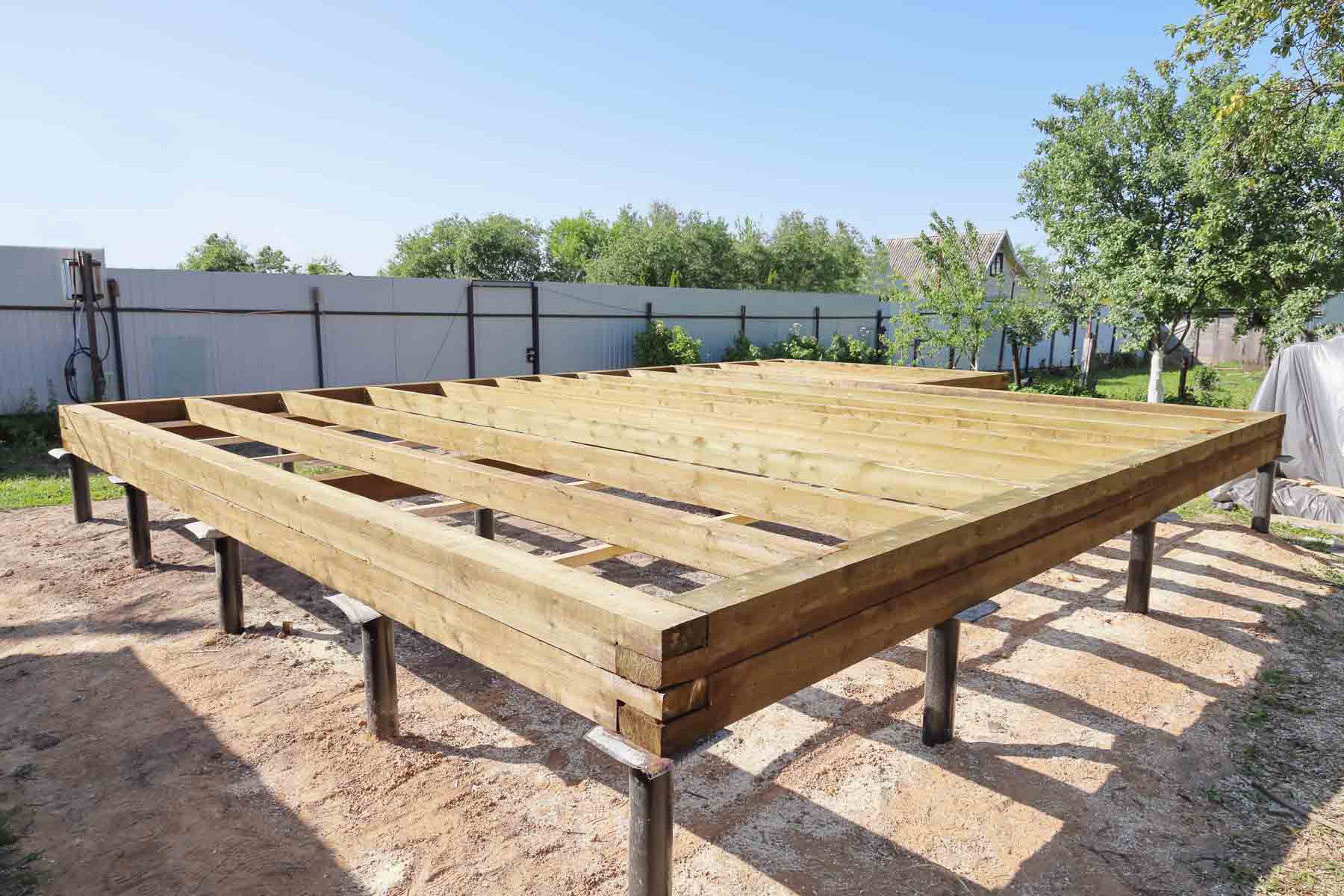
How a Raised Foundation Works
A raised foundation uses a combination of piers, beams, and joists to support your home’s weight above the ground. Here’s how each component plays a role:
- Concrete or Masonry Piers. These vertical supports transfer your home’s load to the soil below.
- Beams and Joists. Wooden or steel framing members that span between piers, supporting the home’s subfloor.
- Crawl Space. The open space beneath the home that provides ventilation and access for utilities.
- Skirting or Perimeter Wall. A barrier enclosing the crawl space, often vented to prevent moisture buildup.
This design keeps the home elevated, reducing the risk of flooding and making maintenance work, such as plumbing repairs or duct replacement, much easier.
» Related: Understand the parts of a foundation and how they work together
See what your foundation project will cost — get quotes today.
Benefits of a Raised Foundation
Raised foundations offer several homeowner advantages compared to slab-on-grade systems.
- Easier Access for Repairs. Since plumbing, electrical wiring, and ductwork run under the home, homeowners and contractors can access these systems without cutting through concrete.
- Improved Flood Protection. Homes built on raised foundations sit higher off the ground, offering better protection from surface water and flooding.
- Better Performance on Sloped or Expansive Soil. In hilly areas or regions with shifting soil, a raised design can reduce structural stress and prevent cracking.
- Easier Leveling and Repairs. If the home settles unevenly, piers can be adjusted or replaced — a simpler process than fixing a concrete slab.
Drawbacks of a Raised Foundation
While raised foundations offer many advantages, homeowners should also consider potential downsides.
- Higher Construction Costs. Raised foundations can cost more upfront than slab foundations due to additional materials and labor.
- Moisture and Pest Concerns. Without proper drainage and ventilation, crawl spaces can trap moisture, leading to mold, wood rot, and pest problems.
- Energy Efficiency Challenges. Raised floors can feel cooler in winter months, so proper insulation and encapsulation are key to improving comfort.
- Ongoing Maintenance Needs. Homeowners should inspect the crawl space regularly for shifting piers, water leaks, or insulation issues.
» Related: Foundation maintenance tips to keep your home stable
Raised Foundation vs. Slab Foundation
Choosing between a raised foundation and a slab foundation often comes down to your home’s location, soil type, and maintenance preferences. Here’s how the two compare:
A raised foundation is ideal for homes built on sloped terrain or flood-prone zones, while a slab foundation works best for flat, dry lots with stable soil.
Common Problems with Raised Foundations
While raised foundations offer flexibility and ventilation, they can develop issues over time — especially in damp or unstable soil conditions.
- Sagging or Uneven Floors. Shifting soil or damaged piers can cause floors to slope or bounce, signaling that your foundation may need re-leveling.
- Standing Water or Damp Crawl Space. Poor drainage or missing vapor barriers can lead to excess moisture, encouraging mold growth and wood rot.
- Termite or Rodent Damage. Unsealed crawl spaces can invite pests that damage wood supports and insulation.
- Wood Rot and Mildew. High humidity beneath your home can weaken beams and joists over time, especially in humid climates.
» Related: Early warning signs of foundation issues.
Repair and Maintenance Options
Routine inspections and moisture control are the best ways to extend the life of a raised foundation. When problems arise, these are the most common solutions:
- Re-Leveling or Pier Repair. Foundation specialists can adjust or replace piers to correct uneven floors. Hydraulic jacks are often used to gently raise the home back to level.
- Crawl Space Encapsulation. Encapsulation involves sealing your crawl space with a moisture-resistant barrier, insulation, and a dehumidifier to prevent dampness, mold, and energy loss.
- Pest and Moisture Control. Install vent screens, check for damaged skirting, and maintain proper drainage. Regular pest inspections help protect wooden beams and joists.
» Related: Pier and beam repair cost guide and crawl space foundation repair cost.
When to Call a Foundation Professional
Small issues in a raised foundation can quickly turn into major structural problems. Homeowners should contact a professional if they notice:
- Floors sloping more than ½ inch across a room
- Cracks in drywall, ceilings, or around doors and windows
- Crawl space dampness or pooling water
- Persistent musty smells or mold
- Doors and windows that no longer close properly
A qualified contractor can inspect your foundation, assess soil conditions, and recommend the right repair or waterproofing solution.
» Related: How to choose a foundation contractor and the best foundation companies.
Bottom Line
A raised foundation offers homeowners flexibility, accessibility, and strong flood protection — but it also requires regular inspection and moisture management to stay in good shape.
If your home shows signs of sagging floors, damp crawl space air, or cracks in walls, a professional can help assess the issue and restore your foundation’s stability.
Get an assessment and estimate for your raised foundation.
Compare top-rated foundations pros in your area.
Read real homeowner reviews, explore qualifications, and view promotions. Modernize makes it easy to browse professionals and find one that will be perfect for your project.
